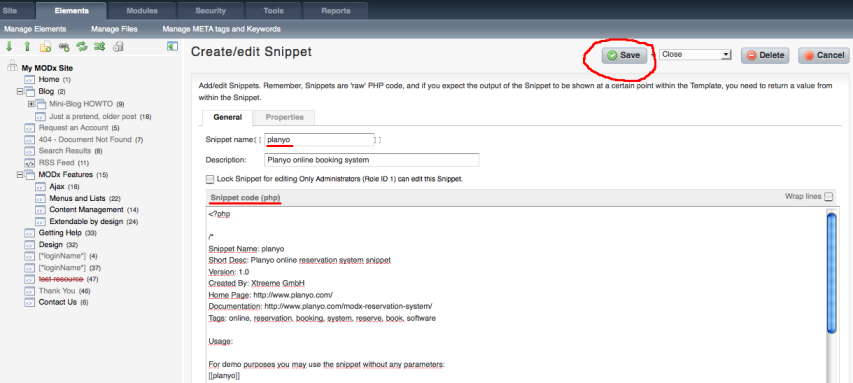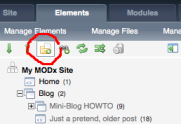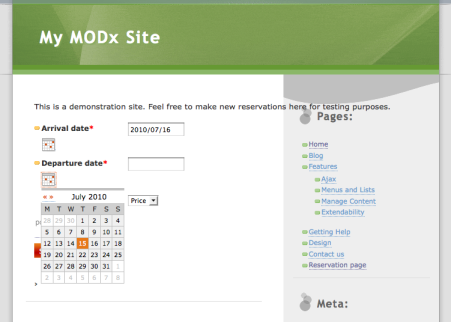Planyo is a flexible online reservation/booking system for hotels, holiday apartments, B&B, boat rentals etc.
If you would like to use the Planyo system, you need to have a Planyo account first. You can create one by
signing up. All accounts are free and with no obligation for the first 30 days so you can thoroughly test the system!
After signing up, create your Planyo site. On the
help page you will find many materials,
including video tutorials, that will guide you through the process of creating an online reservation site and adding rooms,
boats and other types of resources.
Download the MODx component
Registrar
Precios
The Planyo snippet
This snippet allows you to embed the Planyo reservation form on your web site.
This way, your clients will stay on your web site throughout the whole reservation process.
You can find more information about the integration process at your Planyo account. Once logged in, go to the
Settings
section and choose the
Integrate with your site button at the bottom of the page.
Note: if you don't mind that your clients will be redirected to planyo.com to make a reservation,
you don't need to use this snippet at all.
First download the MODx component (
available here).
After downloading the component, unzip its contents into the
assets/snippets/planyo directory inside the main MODx directory. Once in the MODx admin panel, go to
Elements / Manage Elements / Snippets and click on
New Snippet.

In
Snippet name enter
planyo and paste the contents of
snippet.src.php into
Snippet code. Click
Save to save the new snippet.

The new snippet will appear in the list of installed snippets.

Now, you should choose the location for the Planyo form. Here we'll create a new web page. Of course you can use any existing location as well. In
Elements / Manage Elements click on the
New element icon.

Wherever you want the planyo form to appear, embed the snippet with the tag [!planyo? &site=`
xyz`!] where
xyz is your Planyo site ID. If you don't have one, create a planyo account first, or you can embed the snippet without any parameters for testing purposes: [!planyo!]. Note: Use [!planyo!] instead of [[planyo]] to disable caching. This is required when using the SEO-friendly mode (which is the default).

The planyo module will by default display the content defined by the default module settings. Normally this will be the list of all available resources, upcoming resource availability, or the search box. Still, the same module will be used to display a number of other content types, for example the reservation form, email verification, reservation of additional products etc. The active mode can be controlled by module's attribute string, by a widget connected to the plugin (such as a small search box, google map, calendar preview etc.) or directly by URL parameters.







